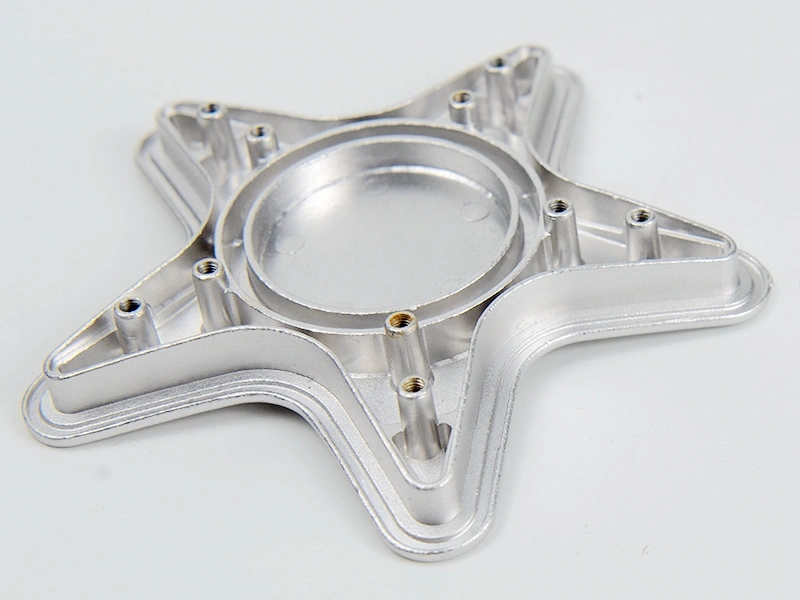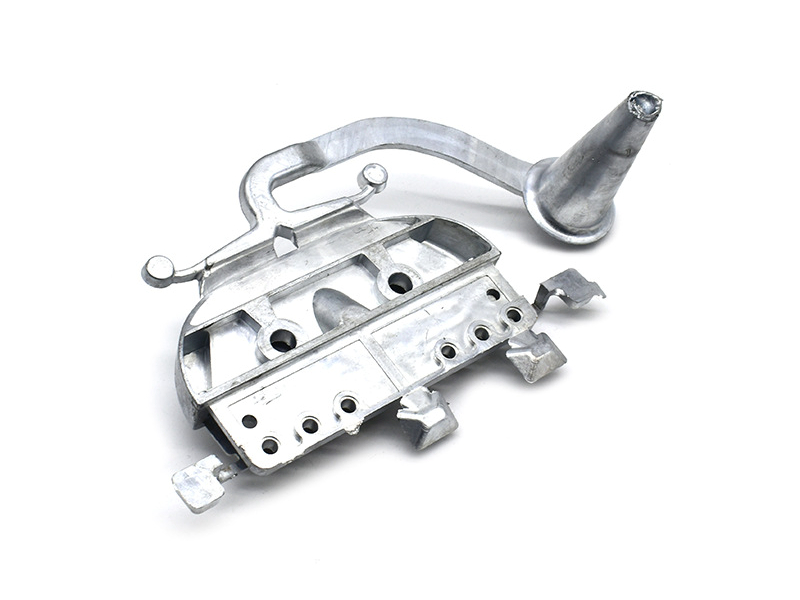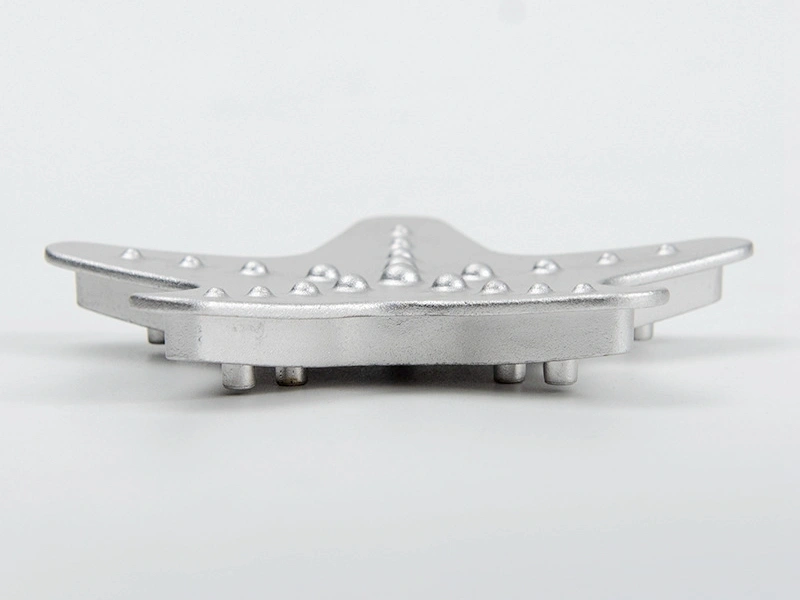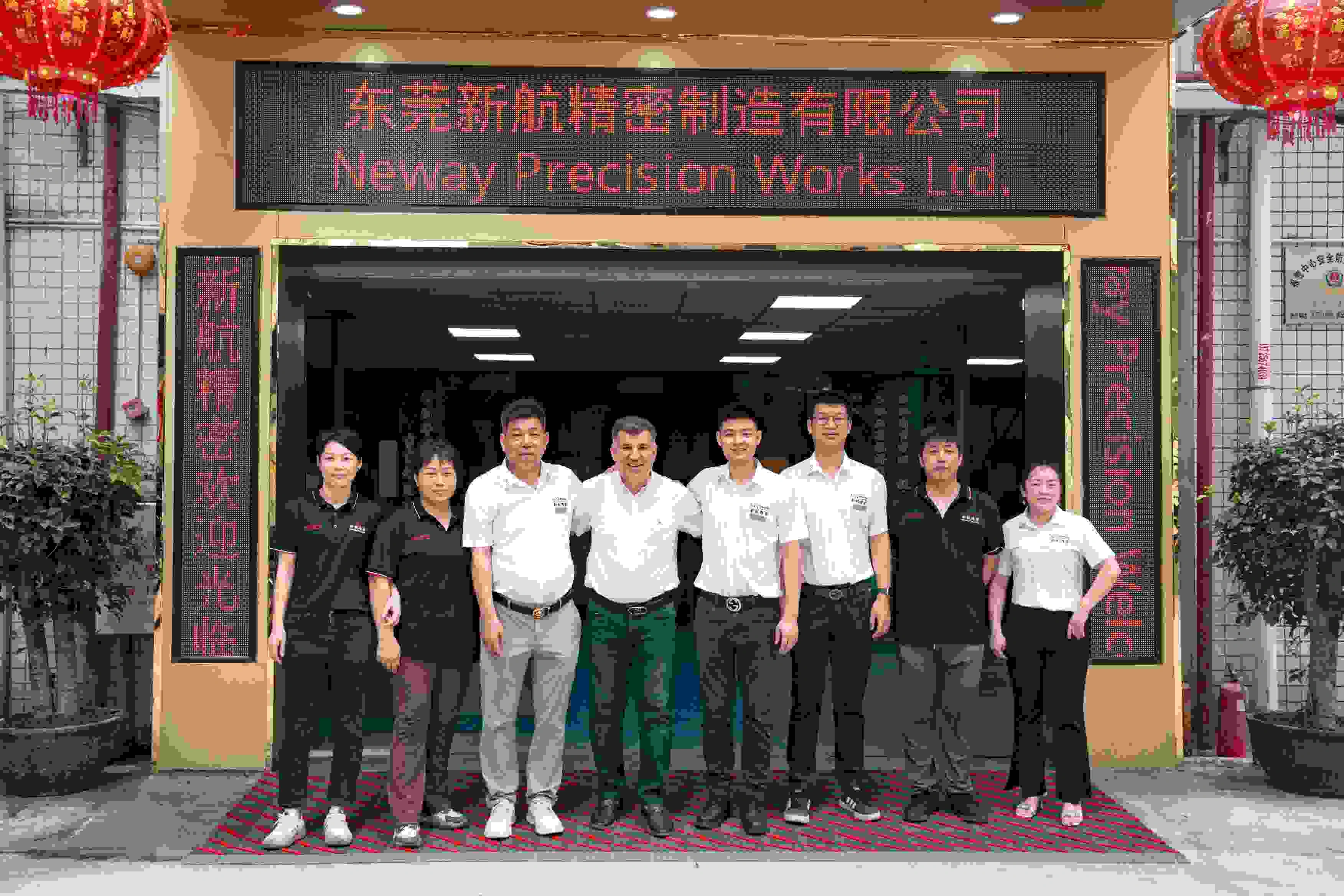What is the achievable surface roughness for high-finish die cast enclosures?
What Is the Achievable Surface Roughness for High-Finish Die Cast Enclosures?
Importance of Surface Roughness in Enclosure Applications
Surface roughness is a key quality factor for die cast enclosures used in consumer electronics, automotive trim, and industrial controls. It directly affects plating adhesion, paint quality, gasket sealing, and the final visual appearance. For high-finish applications, such as decorative or plated enclosures, achieving low and uniform surface roughness is essential.
Typical Surface Roughness from As-Cast Die Casting
For standard zinc or aluminum die castings produced using precision tool and die, the as-cast surface roughness is typically:
Zamak (zinc alloys): Ra 1.6–3.2 µm
Aluminum alloys (e.g., A360, A380): Ra 2.5–6.3 µm
Zamak alloys, particularly Zamak 7, offer finer surface finishes due to their high fluidity and lower shrinkage characteristics, making them ideal for high-appearance enclosures.
Surface Roughness After Post-Processing
With post-processing such as polishing, tumbling, or micro-finishing, surface roughness can be further reduced to support premium coatings or plating:
Surface Finish Process | Achievable Roughness (Ra) |
|---|---|
As-cast (high-precision mold) | 1.6–3.2 µm |
Fine tumbling or vibratory | 1.0–1.6 µm |
Manual polishing | 0.4–0.8 µm |
Pre-plating bright buffing | ≤ 0.2 µm |
These values are suitable for chrome, nickel, or satin electroplating, as well as smooth powder coating or painting.
Design and Tooling Considerations
Achieving low Ra requires:
High-quality mold steel and mirror-polished cavity surfaces
Optimized gate and venting system to minimize flow marks and gas porosity
Uniform cooling to avoid hot spots or shrinkage effects
Controlled CNC machining for gasket or interface surfaces needing fine finish
Neway uses advanced mold flow analysis and machining simulation to optimize tooling and surface quality.
Neway’s Surface Finish Control Capabilities
Neway supports high-finish enclosures with:
Precision zinc die casting using Zamak 7 for cosmetic performance
Integrated polishing and vibratory finishing workflows
Surface roughness validation using contact profilometry and visual inspection
Full assembly and finishing integration for end-use ready parts



